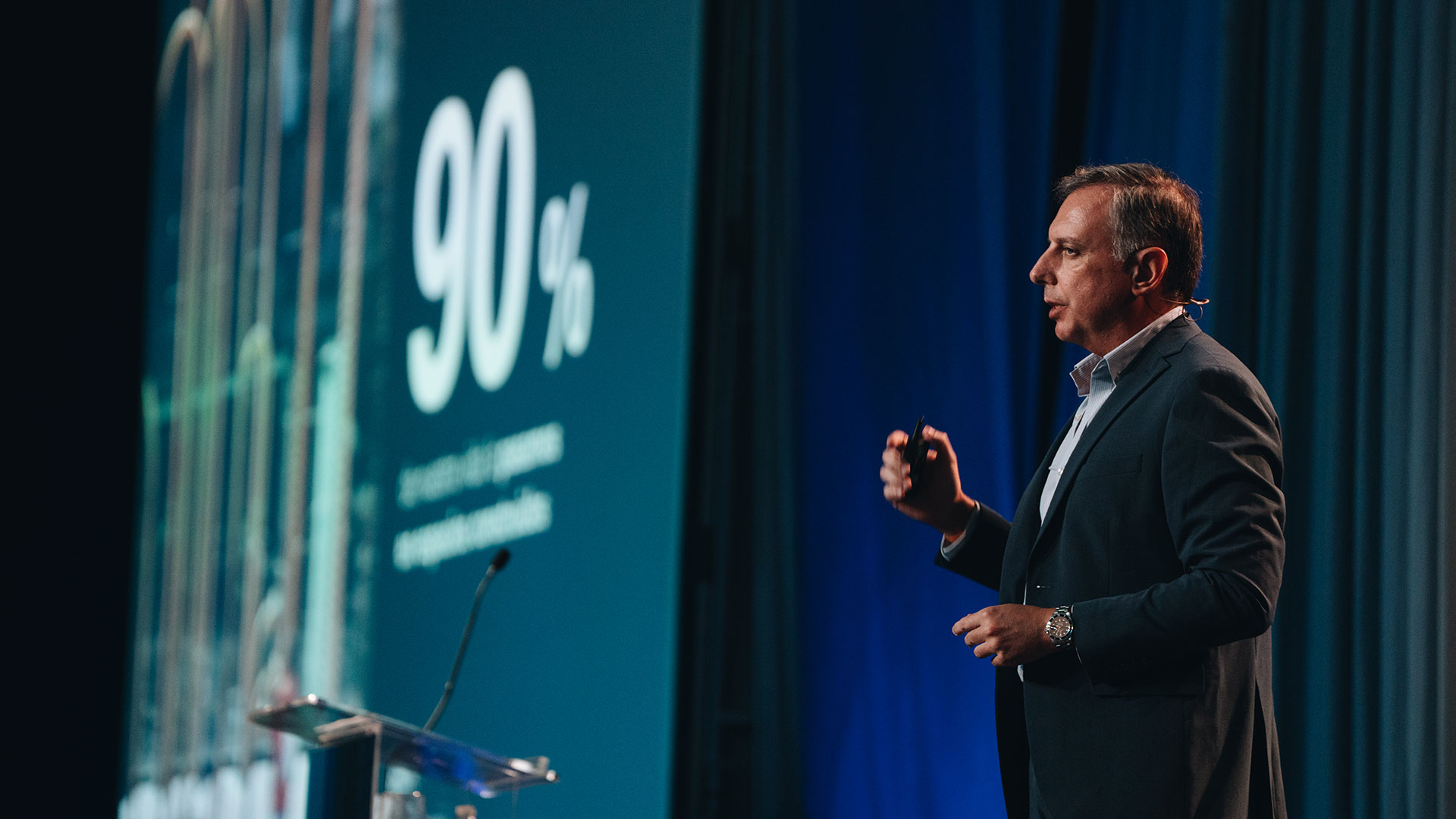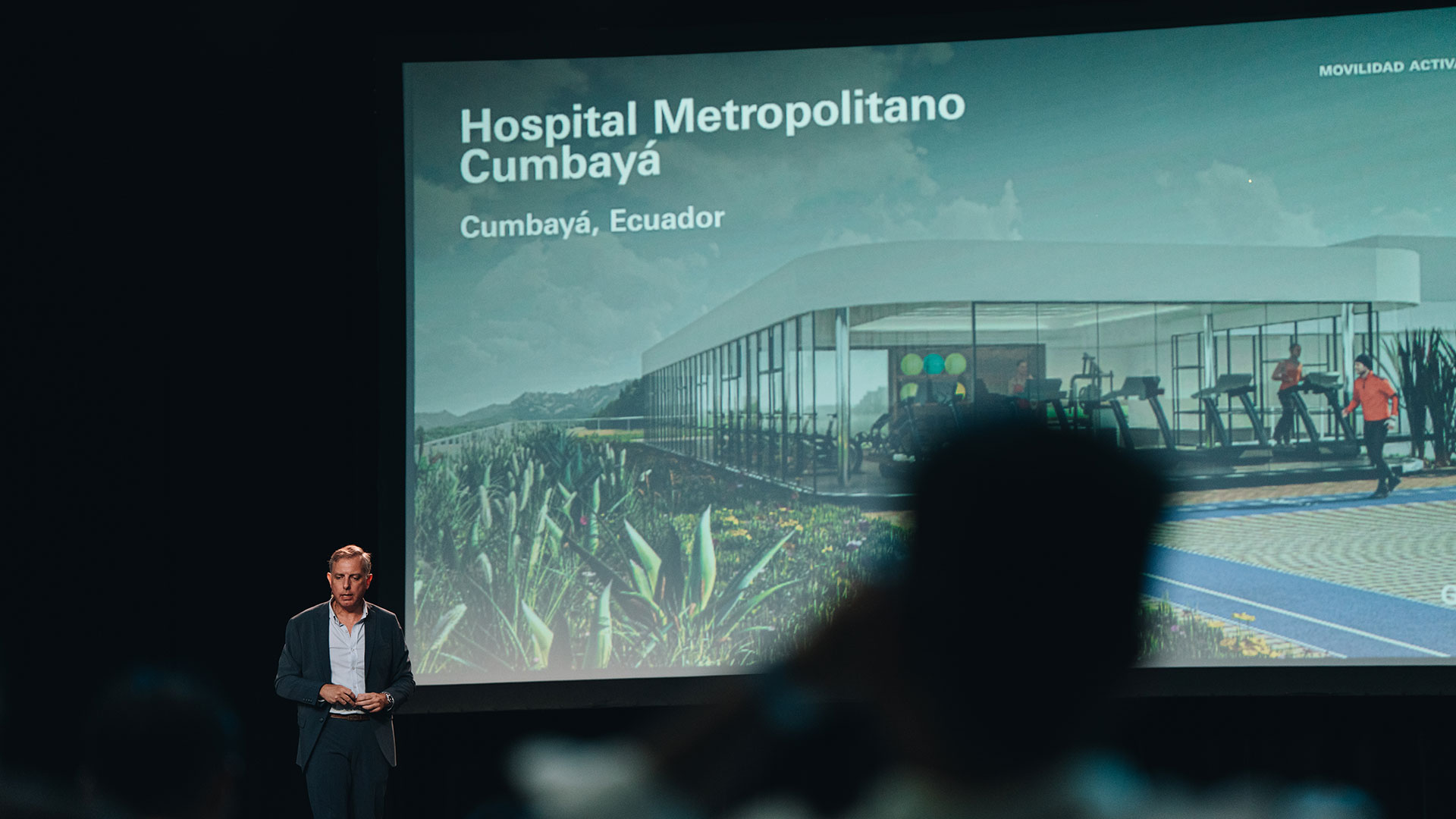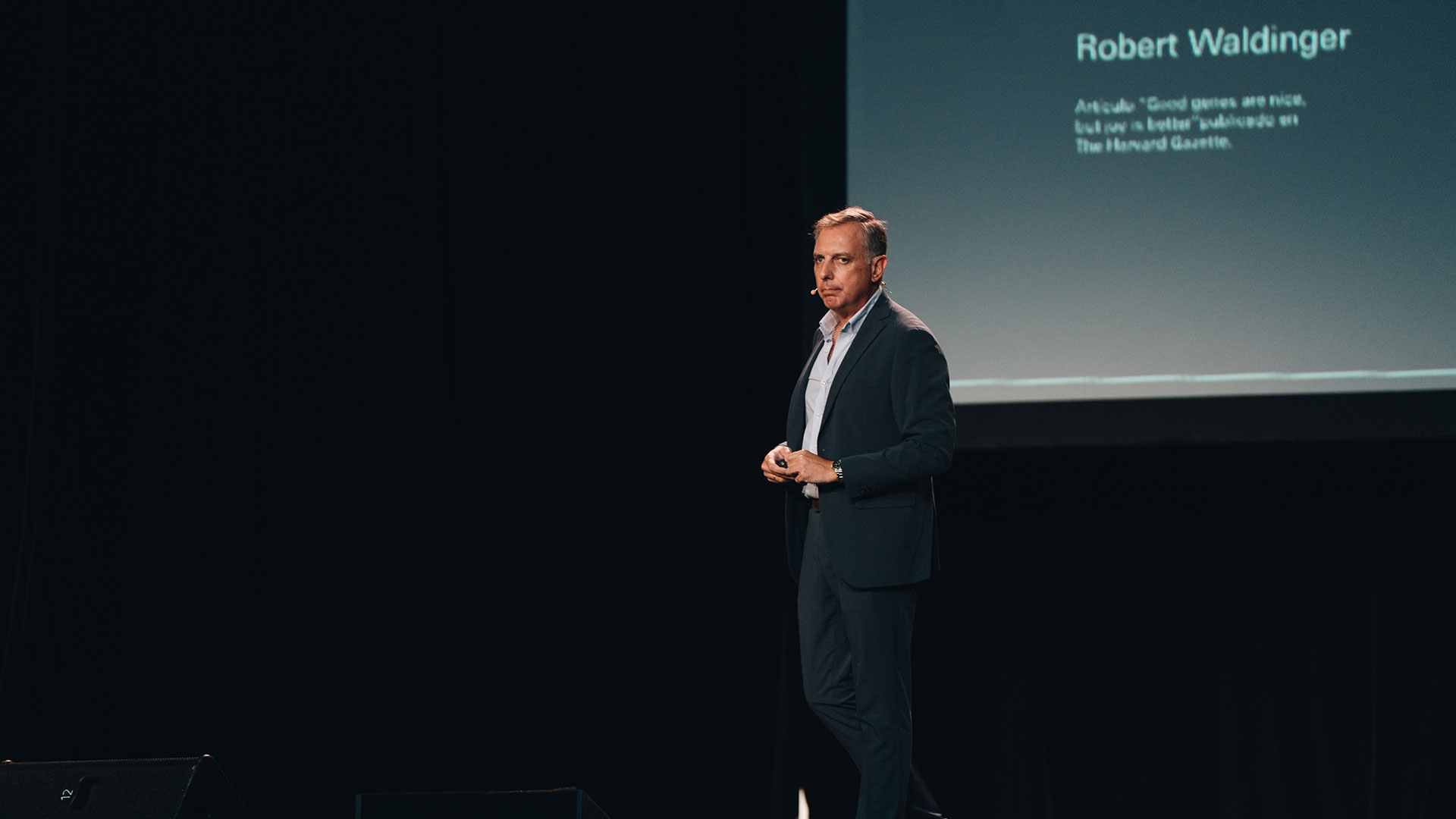GP AT CILA 2025: Trends and Opportunities in the Latin American Real Estate Market
Organized by the Latin American Real Estate Confederation (CILA) and the Association of Real Estate Agents and Companies (AEI), the Latin American Real Estate Congress CILA 2025 marked its tenth edition. Held for the first time in the Dominican Republic, from August 24 to 27, the Hard Rock Hotel Punta Cana brought together leading local and international industry players.

The Latin American Real Estate Congress CILA 2025 took place from August 24 to 27 at the Hard Rock Hotel Punta Cana, Dominican Republic. Organized by the Latin American Real Estate Confederation (CILA) and the Association of Real Estate Agents and Companies (AEI), this event has established itself as the premier forum for updates, networking, and business development in the Latin American Real Estate sector.
The CILA 2025 agenda featured keynote speeches, panel discussions, workshops, and business fairs. In addition, the VI International Congress of the AEI was held as part of the event, adding a special focus on innovation and real estate business. Among the notable speakers was Javier Grandinetti, president of IUCILA, along with other prominent industry leaders.
Gómez Platero Architecture & Urbanism participated in the congress with the presentation “Architecture and Real Estate as Drivers of Urban Transformation: Well-being and Quality of Life,” delivered by Ricardo Fernandez, Business Development Manager for the Americas.
The presentation explored how architectural design can go beyond mere functionality and aesthetics, actively promoting people’s physical, emotional, and social well-being. It highlighted the importance of creating spaces that foster meaningful experiences and human connection, considering that we spend nearly 90% of our lives in built environments.
The talk delved into three key dimensions of well-being in architecture: social, environmental, and emotional. It emphasized the need to design high-quality public spaces, promote adaptive reuse and biophilic design, and create environments that reinforce identity and cultural roots. In this way, architecture becomes a tool to enhance human experience and contribute to the sustainable development of cities.
A Strategic Shift for LATAM Real Estate
The Real Estate market in Latin America is undergoing a strategic transformation, driven by three fundamental pillars: more stable interest rates, lower construction costs, and greater political certainty. These factors have facilitated access to financing and accelerated the development of projects with improved profit margins.
According to the Global Construction Market Intelligence 2025 report, the region is positioning itself as an attractive hub for real estate investment, thanks to competitive costs and a favorable macroeconomic environment. Average construction cost inflation is expected to drop from 7.16% to 4.16% between 2024 and 2025, while cities like Bogotá stand out for their low cost per square meter (USD 1,265), compared to markets like New York (USD 5,744/m²).
Real Estate demand remains strong, with a boom in mixed-use developments and growth in sectors such as mining, which drive infrastructure and housing demand. Additionally, political stability in key countries like Mexico, Brazil, and Colombia has reduced risks for investors, reactivating access to financing and encouraging new project development.
The current market focus is no longer just on building more, but on building better: with intelligent planning, sustainability, and a forward-looking vision. Productivity and operational efficiency, along with the adoption of digital solutions, are key to ensuring long-term profitability and maintaining competitiveness in an increasingly demanding global environment.
Opportunities and Challenges for the Real Estate Sector
The cost advantage of building in Latin America compared to developed markets is a tangible benefit for developers, construction companies, and investment funds. Furthermore, productive diversification and the rise of mixed-use developments are energizing the sector and creating new business opportunities.
However, the main challenge lies in adopting more efficient and digitalized construction approaches, optimizing the supply chain, and exploring new procurement and delivery models. The region has the potential to establish itself as a competitive global real estate development hub, not only due to attractive costs but also because of construction efficiency and strong returns on investment.
The Latin American Real Estate Confederation, with a 10-year history, brings together 10 member associations and represents 750,000 real estate brokers across 18 countries. Its mission is to promote the integration of international business under ethical standards, strengthen the Latin American real estate sector, foster networking, and provide information and training aimed at professional excellence.
In this context, the CILA 2025 congress proved to be a high-impact platform for generating business opportunities, strengthening the real estate industry, and staying up to date with the trends shaping the future of real estate in Latin America.





